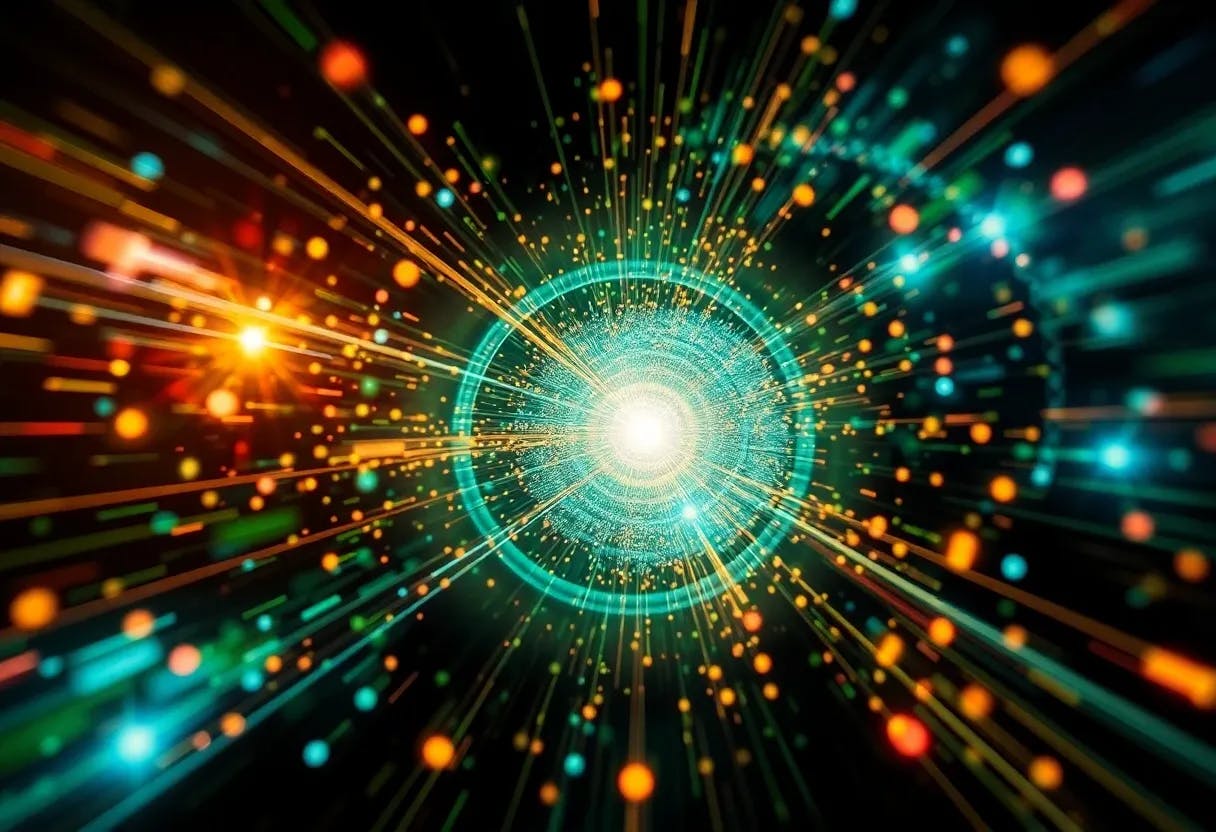Table of Links
2 Muons vs. Protons
3 Muon Colliders Are Gauge Boson Colliders
3.1 From the effective vector approximation to PDFs
3.2 PDFs with broken electroweak symmetry
4 Physics
4.1 Electroweak symmetry breaking
5 Complementarity
6 Summary and Future Directions
5 Complementarity
Given the time required to achieve first collisions at a future collider, a number of planned and proposed experiments capable of extending our sensitivity to indirect signs of new physics could lead to orders of magnitude improvement of current limits. Among others, experiments searching for electric dipole moments, anomalous flavor violation beyond the Standard Model, and stochastic gravitational wave backgrounds will probe scales ranging from tens to hundreds of TeV on relevant timescales.[14] Ultimately, a signature at any of these experiments would provide an indication of new physics at a scale amenable to further exploration. This motivates asking what energies and luminosities would be required for a muon collider to directly test the origin of indirect signals, providing another set of sharp goalposts.
5.1 EDMs
The discovery of an electric dipole moment could definitively prove the existence of new physics beyond the SM. In a typical model, weakly-coupled k-loop physics, at a mass scale
M with CP-violating phase δCP, could generate an electron EDM of the size
This is only a rough, order-of-magnitude guide, but it shows that an EDM experiment could provide the first discovery of the effects of new physics beyond the reach of current colliders. A one-loop EDM of this size could arise, for example, from sleptons with masses of order PeV and order one CP-violating phases [179, 180], or from lighter sleptons with smaller CP-violating phases. A two-loop EDM could arise, for instance, from chargino loops in split SUSY [181, 182]. More generally, any new particles interacting with electroweak gauge bosons and the Higgs can produce a 2-loop EDM through Barr-Zee diagrams [183], see the left panel of Fig. 21.
Authors:
(1) Hind Al Ali, Department of Physics, University of California, Santa Barbara, CA 93106, USA;
(2) Nima Arkani-Hamed, School of Natural Sciences, Institute for Advanced Study, Princeton, NJ, 08540, USA;
(3) Ian Banta, Department of Physics, University of California, Santa Barbara, CA 93106, USA;
(4) Sean Benevedes, Department of Physics, University of California, Santa Barbara, CA 93106, USA;
(5) Dario Buttazzo, INFN, Sezione di Pisa, Largo Bruno Pontecorvo 3, I-56127 Pisa, Italy;
(6) Tianji Cai, Department of Physics, University of California, Santa Barbara, CA 93106, USA;
(7) Junyi Cheng, Department of Physics, University of California, Santa Barbara, CA 93106, USA;
(8) Timothy Cohen, Institute for Fundamental Science, University of Oregon, Eugene, OR 97403, USA;
(9) Nathaniel Craig, Department of Physics, University of California, Santa Barbara, CA 93106, USA;
(10) Majid Ekhterachian, Maryland Center for Fundamental Physics, University of Maryland, College Park, MD 20742, USA;
(11) JiJi Fan, Department of Physics, Brown University, Providence, RI 02912, USA;
(12) Matthew Forslund, C. N. Yang Institute for Theoretical Physics, Stony Brook University, Stony Brook, NY 11794, USA;
(13) Isabel Garcia Garcia, Kavli Institute for Theoretical Physics, University of California, Santa Barbara, CA 93106, USA;
(14) Samuel Homiller, Department of Physics, Harvard University, Cambridge, MA 02138, USA;
(15) Seth Koren, Department of Physics and Enrico Fermi Institute, University of Chicago, Chicago, IL 60637, USA;
(16) Giacomo Koszegi, Department of Physics, University of California, Santa Barbara, CA 93106, USA;
(17) Zhen Liu, Maryland Center for Fundamental Physics, University of Maryland, College Park, MD 20742, USA and School of Physics and Astronomy, University of Minnesota, Minneapolis, MN 55455, USA;
(18) Qianshu Lu, Department of Physics, Harvard University, Cambridge, MA 02138, USA;
(19) Kun-Feng Lyu, Department of Physics, The Hong Kong University of Science and Technology, Clear Water Bay, Kowloon, Hong Kong S.A.R., P.R.C;
(20) Alberto Mariotti, Theoretische Natuurkunde and IIHE/ELEM, Vrije Universiteit Brussel, and International Solvay Institutes, Pleinlaan 2, B-1050 Brussels, Belgium;
(21) Amara McCune, Department of Physics, University of California, Santa Barbara, CA 93106, USA;
(22) Patrick Meade, C. N. Yang Institute for Theoretical Physics, Stony Brook University, Stony Brook, NY 11794, USA;
(23) Isobel Ojalvo, Princeton University, Princeton, NJ 08540, USA;
(24) Umut Oktem, Department of Physics, University of California, Santa Barbara, CA 93106, USA;
(25) Diego Redigolo, CERN, Theoretical Physics Department, Geneva, Switzerland and INFN Sezione di Firenze, Via G. Sansone 1, I-50019 Sesto Fiorentino, Italy;
(26) Matthew Reece, Department of Physics, Harvard University, Cambridge, MA 02138, USA;
(27) Filippo Sala, LPTHE, CNRS & Sorbonne Universite, 4 Place Jussieu, F-75252 Paris, France
(28) Raman Sundrum, Maryland Center for Fundamental Physics, University of Maryland, College Park, MD 20742, USA;
(29) Dave Sutherland, INFN Sezione di Trieste, via Bonomea 265, 34136 Trieste, Italy;
(30) Andrea Tesi, INFN Sezione di Firenze, Via G. Sansone 1, I-50019 Sesto Fiorentino, Italy and Department of Physics and Astronomy, University of Florence, Italy;
(31) Timothy Trott, Department of Physics, University of California, Santa Barbara, CA 93106, USA;
(32) Chris Tully, Princeton University, Princeton, NJ 08540, USA;
(33) Lian-Tao Wang, Department of Physics and Enrico Fermi Institute, University of Chicago, Chicago, IL 60637, USA;
(34) Menghang Wang, Department of Physics, University of California, Santa Barbara, CA 93106, USA.
This paper is
[14] There are already hints that something interesting might be going with the muon, which could have exciting potential implications for a future muon collider, e.g., see recent studies regarding the muon g − 2 [39–43], B meson [44], and K meson [45] anomalies.


